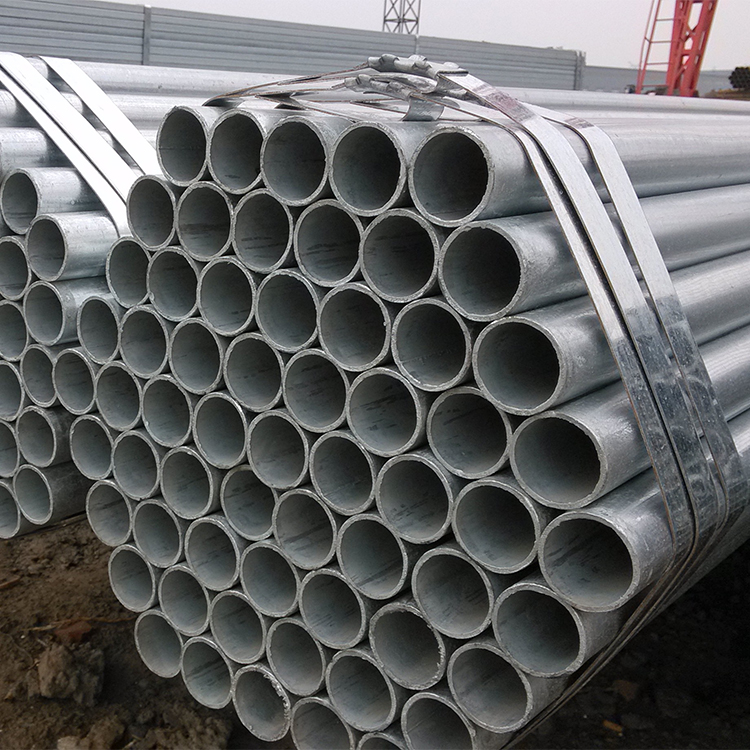How to compare the different standard of steel pipe
Date:2023-07-25View:878Tags:How to compare the different standard of steel pipe
Here are the steps to compare different standards of steel pipes:1. Identify the standards: Determine which standards you want to compare. Common standards for steel pipes include ASTM, API, DIN, JIS, and BS.2. Material composition: Look at the material composition specified in each standard. Check the chemical composition of the steel, including the percentage of elements such as carbon, manganese, silicon, sulfur, and phosphorus. Compare the composition to ensure they meet your requirements.3. Mechanical properties: Examine the mechanical properties specified in each standard. This includes parameters such as tensile strength, yield strength, elongation, hardness, and impact resistance. Compare the values to see if they meet the desired criteria for your application.4. Dimensional specifications: Compare the dimensional specifications outlined in each standard. This includes the outer diameter, wall thickness, and length of the pipe. Ensure that the dimensions are suitable for your intended use.5. Manufacturing processes: Consider the manufacturing processes mentioned in each standard. Different standards may have variations in the manufacturing methods, such as seamless or welded pipes. Evaluate the manufacturing processes to determine if they align with your requirements.6. Testing and certification: Look at the testing and certification requirements specified in each standard. Check if the pipes need to undergo specific tests, such as hydrostatic testing, non-destructive testing, or visual inspection. Verify if the pipes are required to have any certifications, such as ISO or API certifications.7. Application suitability: Assess the suitability of each standard for your specific application. Consider factors such as temperature, pressure, corrosion resistance, and compatibility with other materials. Choose the standard that best meets the requirements of your intended use.8. Cost and availability: Compare the cost and availability of the steel pipes based on the different standards. Consider factors such as material cost, production volume, and market availability. Evaluate the cost-effectiveness and accessibility of each standard.
By following these steps, you can effectively compare different standards of steel pipes and select the most suitable one for your specific needs.


